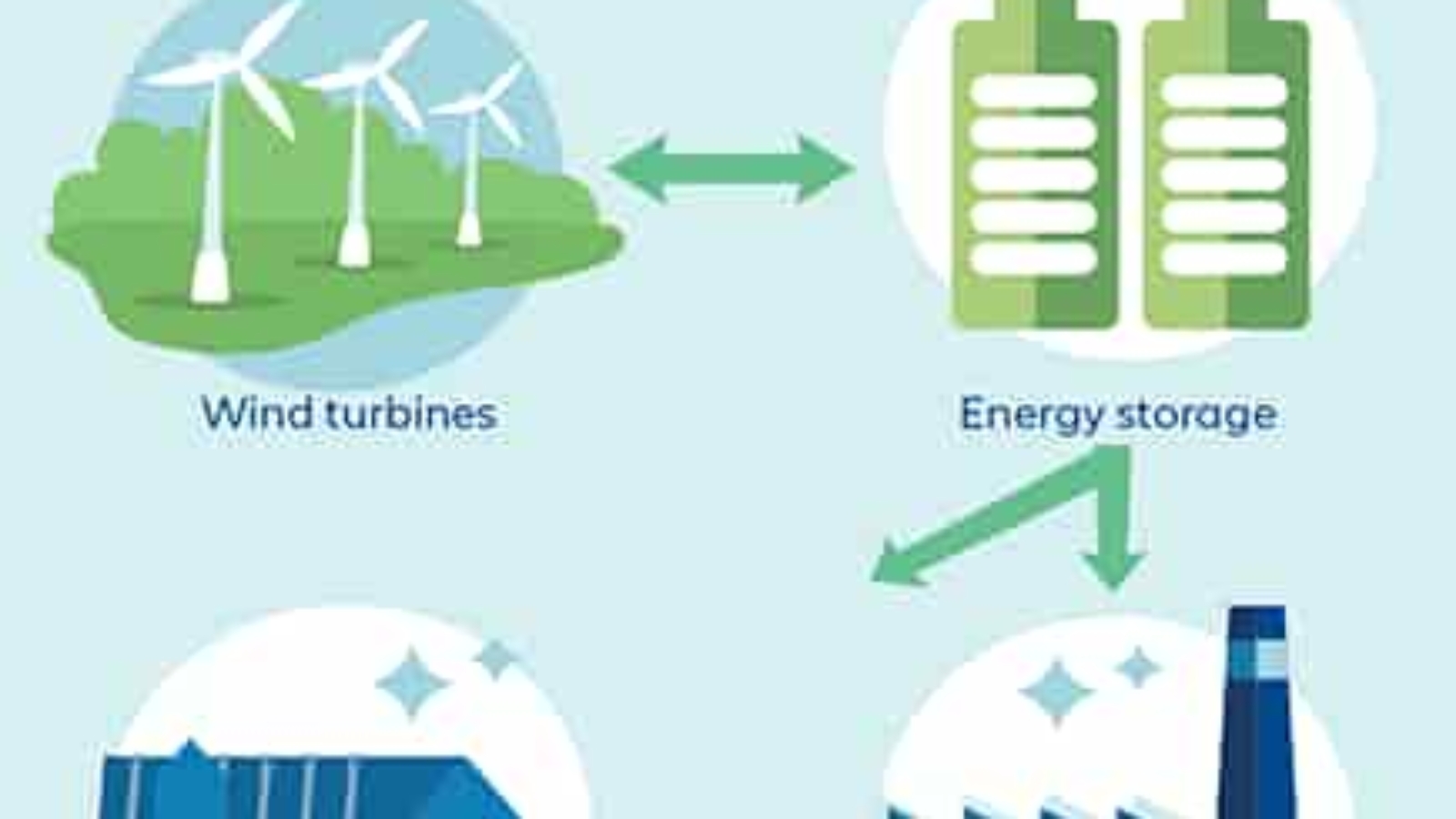
The transition to renewable energy is critical in reducing emissions from the power sector, with solar and wind energy standing out as key players in the future energy mix. However, their inherent intermittency poses challenges to grid stability. These fluctuations are represented by a strategic combination of intermittent (solar and wind) and non-intermittent (biomass) resources alongside advanced storage technologies, which is essential.
We are exploring the integration of solar, wind, and biomass energy with four storage systems-batteries: hydrogen, methane, and ammonia. The analysis is applied to several countries worldwide, evaluating the feasibility of these technologies through economic and social lenses, including a newly developed social indicator. This two-pronged evaluation aims to identify optimal locations for these integrated facilities, considering economic costs and social impacts.
Economically, the integration strategy suggests an average cost of electricity between $100 and $200 per MWh, significantly influencing the ratios of wind and solar energy in different regions and the choice of storage technologies. The social index highlights areas where installing these facilities could reduce social inequalities, ensuring a fair energy transition.
This comprehensive approach aims to facilitate an orderly, fair, and efficient energy transition, aligning economic viability with social equity to achieve climate sustainability goals. By leveraging storage solutions, the energy sector can better manage supply and demand and store energy seasonally, paving the way for a more resilient and balanced renewable energy landscape.
A novel social index addresses the social impacts of the energy transition and guides the optimal placement of energy facilities. This index assesses the social effects of installing integrated power production and storage facilities in various countries. It comprises ten items: three specifically related to the energy transition’s social impact and seven that evaluate the broader social conditions of each country. Each item is normalized on a scale of 0 to 10, with higher scores indicating more significant social challenges. A maximum score of 100 suggests countries affected by social issues where new facilities could provide substantial social benefits.
The index works alongside economic assessments to help pinpoint the best locations for these facilities, considering that such installations could bring investments and job opportunities and improve local economies. Key elements of the index include Loss of Installed Capacity vs. Total Capacity Lost, Loss of Jobs vs. Total Employment, Loss of Installed Capacity vs. Total GDP, Regional GDP vs. National GDP, Unemployment Rate, Population Decline, Aging Index, Population Density, Youth Migration, and GDP per Capita. By integrating these social factors into planning, this index aims to ensure that the energy transition meets economic goals and supports social equity, helping to create a more balanced and inclusive approach to sustainable energy development.
The study evaluates the integration of intermittent and non-intermittent renewable sources with storage technologies to ensure a reliable energy supply. Across different scenarios, results show that storage solutions are essential to meet demand and manage seasonal fluctuations. Incorporating biomass stabilizes the energy supply and reduces electricity costs by 20%, while ammonia storage, though promising for a carbon-free system, currently incurs higher costs.
The research emphasizes that energy transition planning should consider both economic and social factors. A newly developed social index identifies regions where investments in renewable facilities can have the most significant social impact, promoting economic viability and reducing social inequalities. The findings highlight the need for advanced storage and diverse renewable sources to achieve a reliable and equitable energy transition, providing valuable insights for sustainable decision-making.
Sources
- Author links open overlay panel Antonio Sánchez, et al. “Towards a New Renewable Power System Using Energy Storage: An Economic and Social Analysis.” Energy Conversion and Management, Pergamon, 8 Dec. 2021, www.sciencedirect.com/science/article/pii/S0196890421012322
- Zilien, Christian. “Supercharging Clean Energy Storage Capacities.” Sustainable Energy Storage | Allianz Global Investors, Allianz Global Investors, 15 July 2024, www.allianzgi.com/en/insights/outlook-and-commentary/clean-energy-storage


Add a Comment